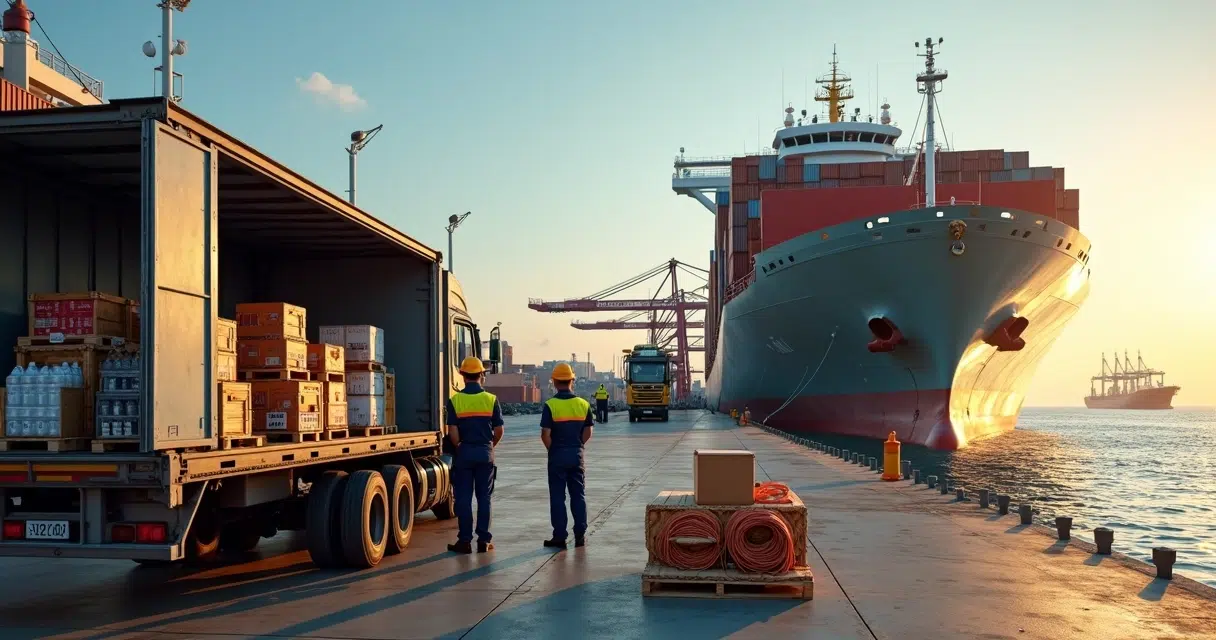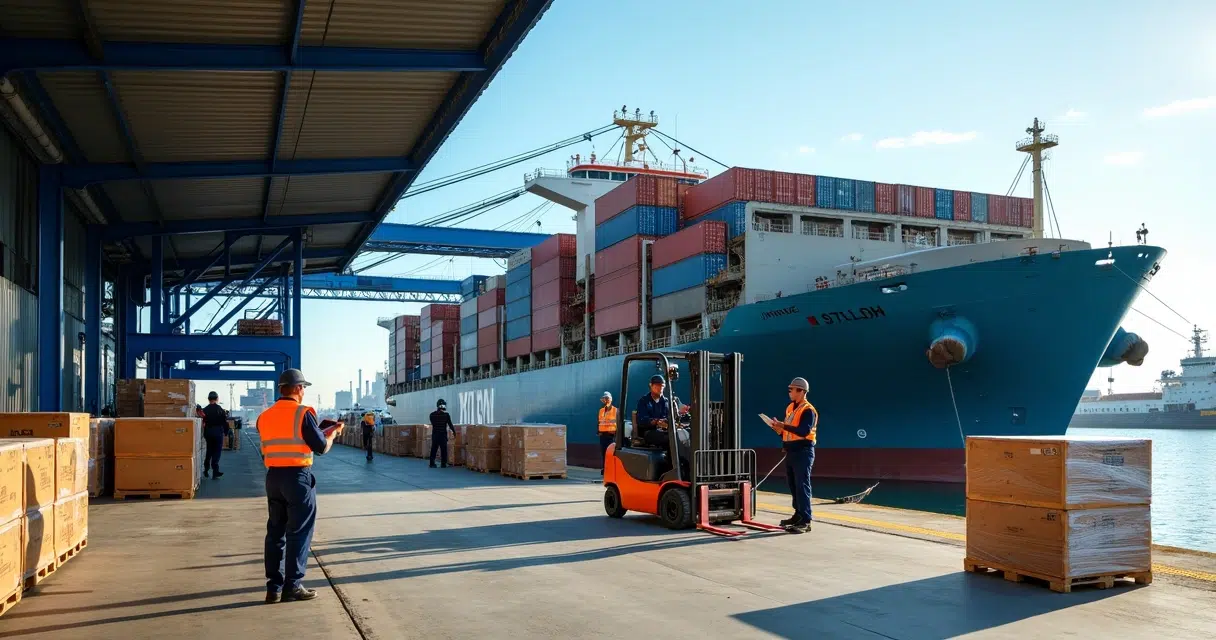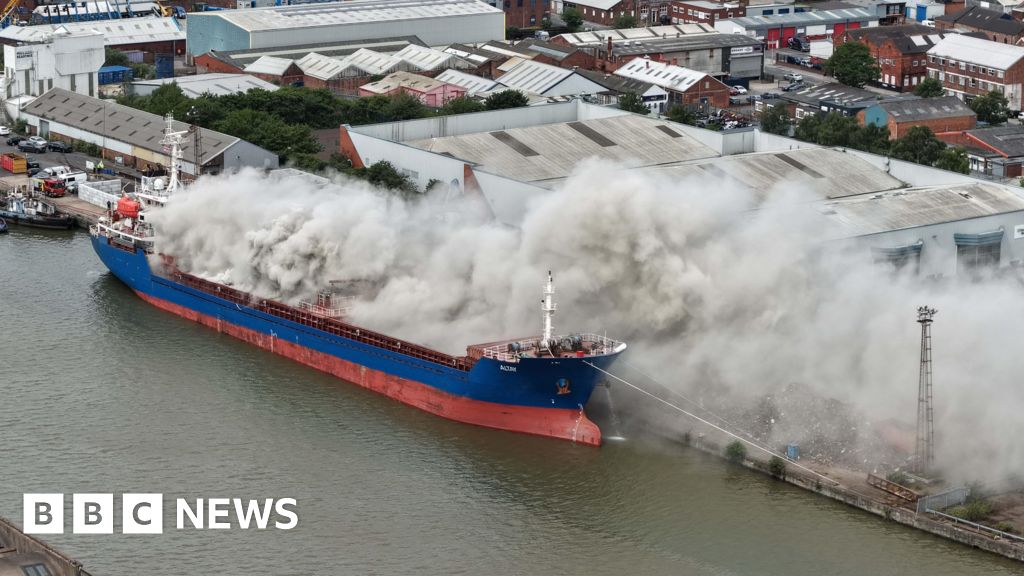Growing up near the water, one learns to respect both its beauty and its bite, but few ever witness a drama quite like what unfolded off the coast of Kochi. Imagine glancing at the horizon and spotting a container ship tilted precariously, battered by waves that won’t let up—a real-life reminder that the sea’s moods answer to no one. This is no movie plot: the Liberia-flagged MSC Elsa 3, packed with containers and an international crew, found itself leaning into disaster, just seven kilometers from shore. Here’s an up-close look at what happened next, and why every detail matters more than you’d guess at first glance.
Distress Calls and Midnight Scramble: The Day the Sea Turned Hostile
Sudden Trouble Near Kochi
The day started like any other for the crew of the MSC Elsa 3. This 184-meter, Liberia-flagged container vessel was on a quick one-day journey, either heading to or from Kochi. But just 7 kilometers off the Kerala coast, things went sideways—literally. The ship began to tilt, sending a wave of panic through the crew.
From Calm to Chaos
- Distress call at noon: The shipping company quickly reported the crisis.
- Immediate response: The Indian Coast Guard jumped into action, deploying both ships and aircraft.
- Nightfall pressure: As darkness crept in, the situation grew more urgent. Time and tide were not on their side.
Race Against Time
By the time the first rescue efforts began, the clock was ticking. The sea, unpredictable as ever, made every minute count. The Coast Guard and Navy weren’t taking chances. They sent in three ships—two from the Coast Guard and one from the Navy. As one officer put it,
Three ships in total put together Coast Guard and Navy.
That’s not something you see every day. The Southern Naval Command, based in Kochi, had resources close at hand, but even then, the challenge was massive.
Who Was On Board?
- Total crew: 24 people
- Nationalities: Mostly Filipinos, plus some from Russia, Ukraine, and Georgia
A truly multinational mix. Each one with family waiting, probably glued to news updates.
Unfolding Drama: Rescue Efforts
- Lifeboats launched: Nine crew members made it to safety first, huddled together in lifeboats, eyes scanning the dark for help.
- Rescue by air and sea: Maritime patrol planes circled above, ready for air-drop rescues if needed. Ships closed in, braving rough waters.
- Uncertainty remains: That left 15 still on board or unaccounted for as the night wore on. The tension was thick. A question hung in the air:
There are reports that 15 more people are to be rescued. Do you know the latest update on that?
A Night of High Stakes
No one could say for sure how the night would end. The sea off Kochi, usually bustling with trade and fishing boats, had turned hostile. The MSC Elsa 3’s crew faced a test of endurance and hope, while rescue teams battled the clock and the elements. Each update mattered. Every minute felt like an hour.
Monsoon Mayhem: Sea Rescue at Nature’s Wildest
When the Monsoon Arrives, Everything Changes
The Arabian Sea is never truly calm, but as the southwest monsoon looms, it becomes something else entirely. The rescue teams that rushed to the aid of the stranded MSC Elsa 3 soon found out just how wild nature could get.
High tides smashed against hulls. Waves rose unpredictably. It was like the sea itself wanted to keep the crew marooned.
Unpredictable Swells and High Stakes
- Rescue teams faced rough seas and high tides—all driven by the imminent monsoon.
- Operations got complicated fast as darkness set in and the weather grew even worse.
- Specially equipped patrol aircraft dropped life rafts, hoping to reach the stranded crew in time.
Why does it matter? The Arabian Sea, especially before the monsoon, is notorious for its unpredictable swells. One moment, the water is manageable. The next, it’s a wall of foam and fury.
Timing Was Everything
As night fell, visibility dropped to almost nothing. Rescuers had to make split-second decisions, sometimes relying on little more than instinct and training. The risk of a vessel capsizing was real. Every minute counted.
The Southern Naval Command, based in Kochi, played a crucial role. Being close to the action meant they could mobilize quickly. But even with speed, the sea offered no favors.
Numbers Tell Part of the Story
- 3 ships on site—2 Coast Guard, 1 Navy
- Multiple maritime patrol planes joined the effort
- The operation began just as the monsoon approached
Some might say “rough sea conditions” and move on, but that barely scratches the surface. These rescues? They border on heroic.
Let’s also keep in mind that now a very rough sea condition prevails in that region in the Arabian Sea primarily because of the impending onset of the southwest monsoon.
It wasn’t just rough. It was relentless. Monsoon-like weather, high tidal surges, and the ever-present threat of worsening conditions made every move an act of courage. The rescuers pressed on, knowing the odds, aware of the risks.
Nature at its wildest. And yet, hope didn’t sink.
Behind the Scenes: Who Really Saves Lives at Sea?
The Real Heroes: Not Always Who You Think
When disaster strikes at sea, the headlines often focus on the big names. But who actually jumps into action? In the case of the MSC Elsa 3 near Kochi, it wasn’t just one agency or a single heroic figure. It was a coordinated dance—sometimes chaotic, always urgent—between multiple players.
No Time for Turf Wars
The Indian Navy and Coast Guard worked in tandem. There was simply no room for turf wars when time is short. Rescue missions like these demand seamless teamwork, not rivalry.
- Two Indian Coast Guard ships were deployed, racing against time.
- One Indian Navy ship joined the effort, adding muscle and expertise.
- Total rescue team vessels: 3. Not a massive fleet, but every ship counted.
Let’s remember that is also the hub of the Indian Navy, Southern Naval Command. So there’s no shortage of assets there.
Local Expertise—A Game Changer
Why was the response so quick? Kochi is not just another port. It’s the home of the Southern Naval Command. That means rapid deployment of both vessels and aircraft. When minutes matter, having resources right at your doorstep can be the difference between chaos and control.
Beyond Uniforms: The Unsung Specialists
But wait, it’s not only the uniformed forces who save the day. There’s a whole backstage crew—radio operators, ground teams, and even the international shipping firm itself. The shipping company had a crucial job: arranging for a salvage specialist.
- Signals had to be sent out fast, summoning the right experts.
- Coordination with overseas partners happened in real time.
Responsibility doesn’t stay in one place. It shifts, depending on the stage of the crisis. Sometimes, the most critical work is done by people whose names never make the news.
Quick Facts
- Indian Coast Guard ships deployed: 2
- Indian Navy ships deployed: 1
- Total rescue vessels: 3
Three ships in total put together Coast Guard and Navy.
So, the Indian Coast Guard and the Indian Navy both are deployed… two Indian Coast Guard ships that are deployed. There’s one Indian Navy ship that’s deployed… Let’s remember that is also the hub of the Indian Navy, Southern Naval Command. So there’s no shortage of assets there.
Wild Card: What If? A Glimpse at Alternate Fates
Sometimes, the difference between rescue and tragedy comes down to a single detail. The MSC Elsa 3 incident near Kochi highlights this razor-thin margin. But what if things had played out just a little differently?
Alternate Scenarios: The Fine Line Between Survival and Disaster
Imagine a scenario where the Indian Coast Guard’s patrol planes weren’t able to air-drop life rafts. The crew, stranded in rough seas, would have faced a much grimmer reality. Without those floating sanctuaries, would all 24 have survived? It’s hard to say. They might have clung to debris, or tried to swim—both risky choices in high tides and churning monsoon waters. Sometimes, a rescue beacon is all that stands between hope and hopelessness.
There’s another angle to consider. What if the monsoon weather was just a touch worse? Just a few more knots of wind, or a rogue lightning strike, could have tipped the scales. The MSC Elsa 3 was already listing dangerously. A sudden squall might have made rescue impossible, or forced the crew to abandon ship in even more hazardous conditions. It’s sobering to think how small changes in weather can have massive consequences at sea.
A Personal Tangent: Words from a Veteran Mariner
A seasoned seafaring uncle once shared a warning that sticks:
“When the sea wants you, it doesn’t knock—so you better have your wits and rescue beacons ready.”
That line rings true, especially in situations like this. The sea is unpredictable, and even the best-prepared crews can find themselves at its mercy. Luck, resourcefulness, and timing—sometimes they’re all that stand between life and loss.
Conclusion: The Unpredictable Nature of Maritime Emergencies
Looking back at the rescue of MSC Elsa 3, it’s clear that a series of small actions—like dropping a life raft at just the right moment—can create huge ripple effects. The operation was a blend of skill, courage, and a little bit of weather luck. Not every story ends so well. The next time a ship faces the fury of the monsoon, the outcome could be very different. That’s the wild card of the sea: it keeps everyone guessing, and always demands respect.




